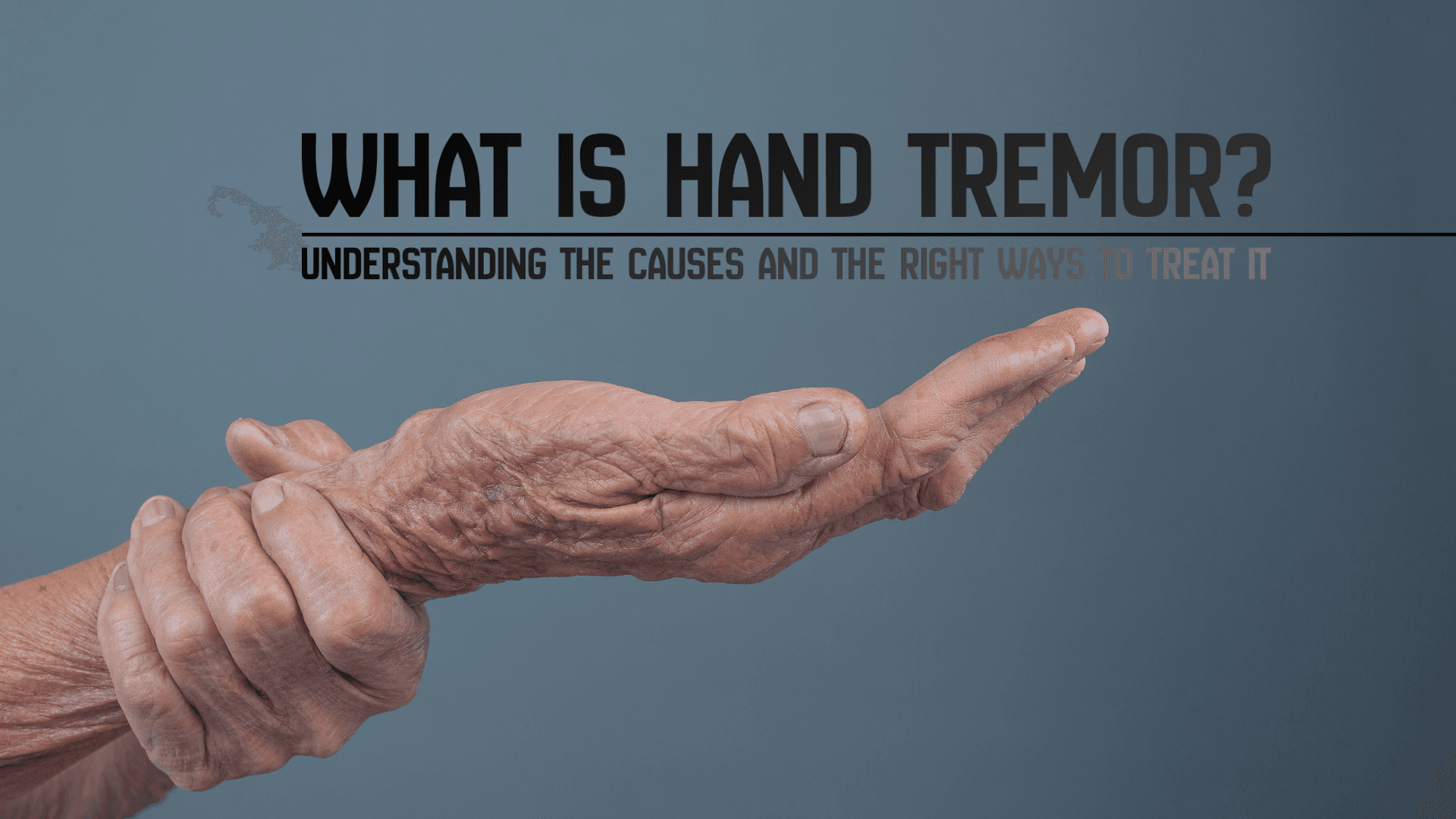In the realm of community health, the Praboromarajchanok Institute has introduced a novel approach that stands as a beacon of innovation. The 7-Colored Lanna Lanterns have emerged as a transformative solution, not only illuminating the path to improved community health but also revolutionizing the classification of hypertension types. The Praboromarajchanok Institute's commitment to redefining community health has led to the creation of these vibrant lanterns, which are far more than ornamental decorations; they serve as practical guides, aiding individuals in understanding and managing hypertension effectively.
The 7-Colored Lanna Lanterns constitute a groundbreaking approach to classifying hypertension, offering visual cues and specific health parameters that empower individuals to take control of their well-being. Each colored lantern signifies a different aspect of hypertension management, with the aim of fostering healthier communities. Let's delve into each colored lantern's significance and its connection to the classification of hypertension:
White Lanna Lantern (Good Health): The White Lanna Lantern shines brightly as a symbol of good health. It represents individuals with normal blood pressure levels (HT <120/80 mmHg). The focus here is on vigilance and prevention. Individuals falling under this category are guided by the SCB Model principles, emphasizing the "3 E's" (Eating, Emotional well-being, and Exercise). This includes making healthy dietary choices (low sodium, not oily, not salty), managing emotions to reduce stress (reducing smoking and alcohol consumption), and engaging in regular physical activity.
Light Green Lanna Lantern (Risk Group Needing Behavior Change): This lantern indicates individuals at risk of hypertension (HT 120-139/81-89 mmHg). It emphasizes the need for behavior change and regular health monitoring. The guidelines include consuming low-fat, low-sodium, and non-greasy foods, avoiding certain seasonings, and monitoring blood pressure regularly.
Dark Green Lanna Lantern (In Control of Blood Sugar and Pressure): The Dark Green Lanna Lantern represents individuals with normal criteria for hypertension (HT 139/89 mmHg). These individuals are considered to be in control of their blood sugar and pressure levels. The emphasis here is on medication adherence, avoiding sugary foods, and attending regular doctor visits for monitoring.

Yellow Lanna Lantern (Individuals Needing Monitoring): The Yellow Lanna Lantern represents individuals in need of monitoring due to hypertension (HT 140-159/90-99 mmHg). It focuses on preventing complications through regular checks for eye, kidney, heart, and foot health. Medication adherence and regular doctor appointments are essential components of this classification.
Orange Lanna Lantern (High-Risk Individuals): The Orange Lanna Lantern signifies individuals at high risk of complications due to hypertension (HT 160-179/100-109 mmHg). It emphasizes intensive monitoring and medical attention. Regular complication checks, strict medication adherence, frequent doctor visits, dietary control, and adherence to the principles of 3A (Reduce smoking, reduce alcohol, and reduce weight) are vital for this group.

Red Lanna Lantern (Severe Danger Group): The Red Lanna Lantern represents individuals in severe danger due to hypertension (HT >180/110 mmHg). It underscores behavior modification and continuous surveillance. This group requires strict medication adherence, frequent doctor visits, dietary control, and home visits for monitoring.
Black Lanna Lantern (Individuals With Complications): The Black Lanna Lantern serves as a stark warning, symbolizing individuals with complications such as cardiovascular and brain diseases. Immediate medical attention and strict adherence to doctor's instructions are essential for this group, with frequent home visits for continuous monitoring.
Through these 7-Colored Lanna Lanterns, a comprehensive system for classifying hypertension types has been established, offering specific indicators and actionable guidelines. They empower communities to make informed decisions about their health, ultimately illuminating the path to a healthier tomorrow for all. It is essential to note that the information provided here is for educational purposes and should not replace professional medical advice, emphasizing the importance of consulting healthcare providers for personalized guidance and treatment.ial to consult with a healthcare provider for personalized guidance and treatment.
Disclaimer: The information provided in this article is intended for educational purposes and should not replace professional medical advice. It is essential to consult with a healthcare provider for personalized guidance and treatment.
References:
Healthcare Finance News. Healthcare analytics market to hit $31 billion by 2022. https://www.healthcarefinancenews.com/news/healthcare-analytics-market-hit-31-billion-2022
Hillier, W. (2023, July 20). What Is a Healthcare Data Analyst and How Can You Become One? CareerFoundry.
https://careerfoundry.com/en/blog/data-analytics/what-is-a-healthcare-data-analyst/





